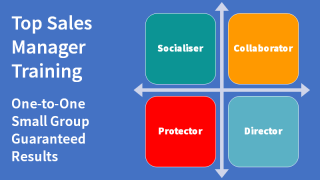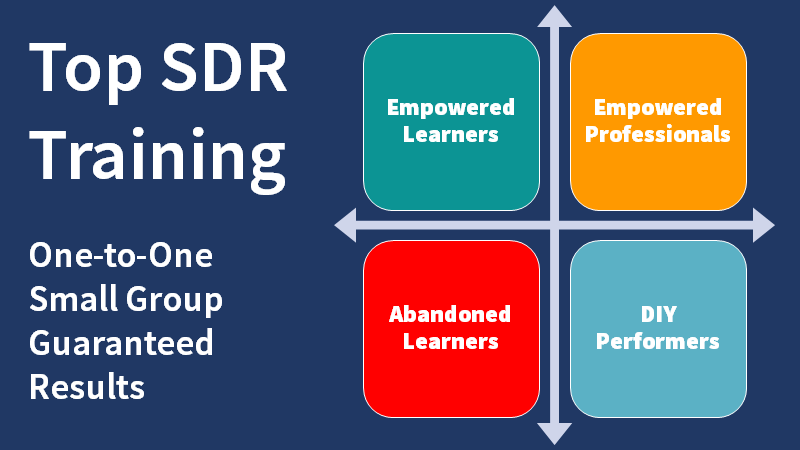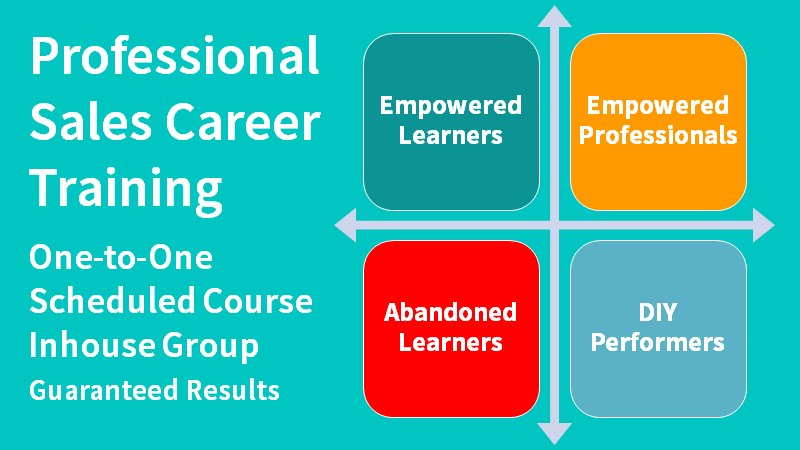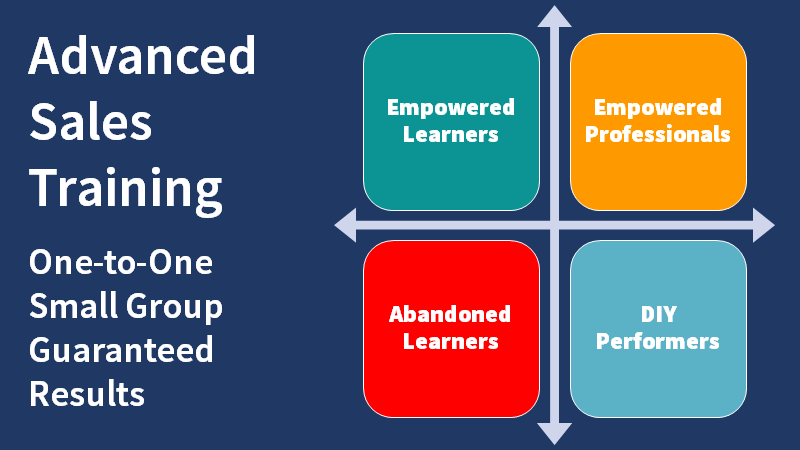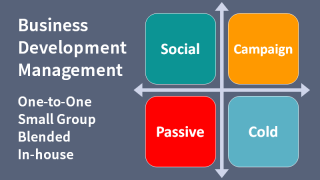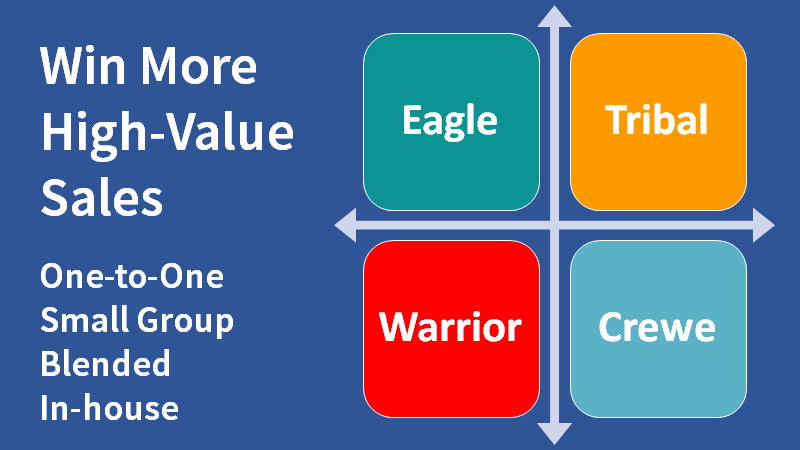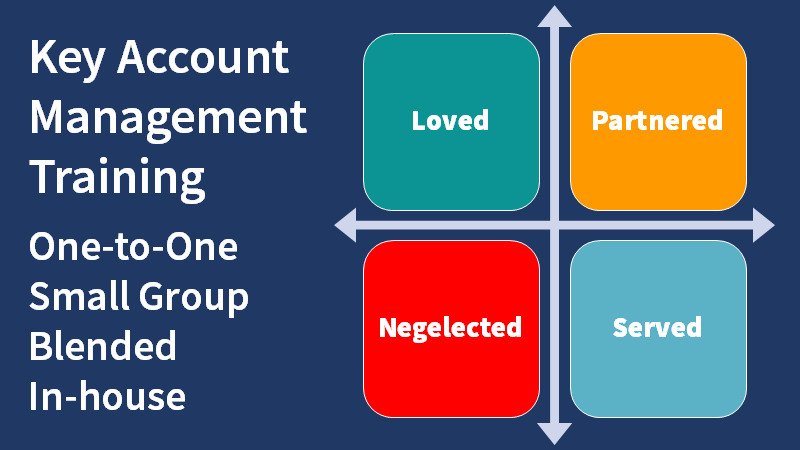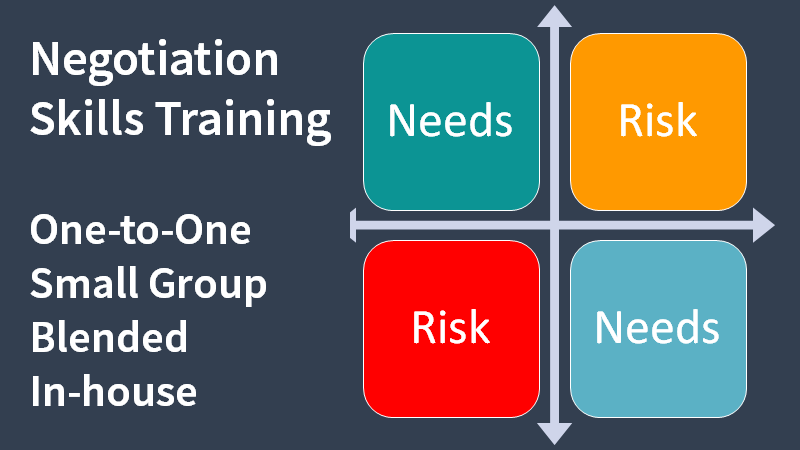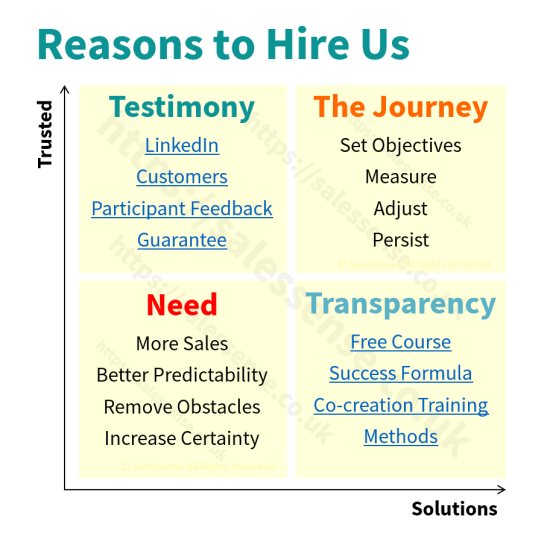
Increase presence and digital engagement. Social selling training course for business-to-business salespeople.
Learn how to use today's digital tools to find those who need what you sell, right now. Take this social selling training course to increase sales effectiveness and results.
What sets this sales training course apart from others?
- Based on best-practice research.
- Reviewing the content first, then spending training time on implementation planning and preparation.
- The co-creation of workplace actions for embedding learning in participant routines and habits.
- The opportunity for one-to-one learning.
- Delivery by the course author.
- The results are guaranteed.
In the old days before the rise of the Internet and easy access to everything, buyers relied on salespeople for information and granted them a chance to begin building a relationship, early in the buying process. The social selling aspect of the job once included sharing food and drink.
No more!
Today, buyers get their information and even pricing guidance, online. Today's salespeople need to be masters of digital engagement. Those who ignore the need to follow customers online and engage in social selling, risk being consigned to end-of-process engagements that deny the opportunity to develop understanding and trust.
New ways demand new methods. Salespeople must learn how to build relationships through digital tools so that customers are more willing to engage in the traditional manner. In the new world, relationships are built electronically before any form of direct contact.
This programme involves participants in learning practical, step-by-step, digital engagement methods that reclaim the opportunity to develop trust and understanding, early in a customer's buying process.
LinkedIn training is included along with step-by-step instructions for establishing a broad digital presence using blogs, social media, and networking for business-to-business sales.
Programme Objectives
- Establish digital credentials.
- Use LinkedIn and Google to find the right prospects.
- Use digital tools to choose the right time.
- Leverage expertise in your network to obtain introductions.
- Get introductions from people you don't know.
- Get attention from sales prospects without cold calling.
- Initiate and nurture an online dialogue.
- Develop digital relationships.
- Transition to in-person relationships.
Who should attend:
Sales and marketing people who need to learn about social selling and make better use of social networking tools to find sales prospects. Those who need new ways to get buyer attention and establish credibility. Directors, business owners, and managers who want to encourage their team members to make more use of social selling techniques.
Additional Benefits
- Flexible multi-session 'learning by doing' structured training.
- Workplace assignments develop new habits and practices.
- Tools, templates, frameworks, and examples save time and aid learning.
- Common language improves communication and teamwork.
- Promotes adoption of best practice habits and methods.
- Improves job satisfaction and motivation.
- Increases sales results.
Social Selling Training Course Delivery Options
- One to One via five 2-hour or ten 1-hour virtual meetings with the course author.
- £995 - Learn more.
- One to One on a per-session basis.
- £150 - Learn more.
- Via Online Group Training - Five 2-hour or ten 1-hour virtual classroom sessions led by the course author.
- £3995 for up to fifteen people. Learn more.
- Group Training per session for selected content.
- £250 per session. Learn more.
- Traditional Classroom - Delivery over one or more days at a conference venue or the customer's offices. Contact us for fees.
Use this link for more information or to have us call you.
What are social selling best practices for B2B sales prospecting?
Social selling is an increasingly important approach for B2B sales prospecting, particularly in the digital era. Here are some best practices for effective B2B social selling:
1. Optimise Your Profile for Credibility
Your social media profile (especially LinkedIn) is your first impression. Make sure it presents you as a credible expert in your industry, not just as a salesperson. Use a professional headshot, and clearly state how you help businesses, emphasising value over sales pitches.
2. Research and Understand Your Prospect
Before reaching out, thoroughly research the prospect’s company, industry, and potential needs. Customise your outreach based on what you know about their challenges and how your solution aligns with their goals.
3. Share Valuable Content
Regularly share relevant, insightful content that adds value to your network. This could be industry reports, whitepapers, or thought leadership pieces. Position yourself as a resource rather than someone focused solely on selling.
4. Engage with Prospects’ Content
Engage with the content that your prospects post on platforms like LinkedIn. Comment thoughtfully on their posts, share relevant insights, and demonstrate genuine interest in their business. This helps build rapport over time.
5. Use Personalised Messaging
Avoid generic outreach messages. Personalise your approach based on the prospect’s role, industry, and needs. Refer to mutual connections, shared content, or recent events in their business to make your message more relevant and engaging.
6. Build Relationships Before Pitching
Focus on building a relationship first, rather than pushing for a sale. Engage in conversations, ask questions, and learn about their business challenges. Demonstrating interest and understanding before proposing a solution increases trust.
7. Leverage Social Proof
Share testimonials, case studies, or success stories from other clients in similar industries. This adds credibility to your offering and helps build trust with new prospects by showing how you have solved similar challenges.
8. Be Consistent and Persistent
Social selling is a long-term game. Consistently engage with your network, share valuable content, and follow up with prospects at appropriate intervals. Persistence, without being pushy, is key to staying top of mind.
9. Utilise Social Selling Tools
Tools like LinkedIn Sales Navigator, HubSpot, and Hootsuite can help you identify prospects, track engagement, and manage your outreach efforts efficiently. These tools help streamline your efforts and make your social selling more effective.
10. Measure and Adjust Your Strategy
Track your social selling activities, such as engagement levels, responses, and conversion rates. Use these metrics to adjust your strategy, focusing on what works best and refining areas where you see less success.
By applying these best practices, B2B sales teams can effectively use social platforms to prospect, build meaningful relationships, and ultimately drive more conversions in a more organic and trust-based manner. Our social selling training course teaches the wrinkles and provides an opportunity to practise the principles, get feedback, and develop efficient practices for using the social approach.
Large Numbers
Licensing and train-the-trainer options enable self-delivery. To find out more, call or use the links below. Associate and Affiliate representation is welcomed. To promote or deliver this course, get in touch directly.
Flexible Delivery
If you need to reconnect with customer buying habits or improve social selling for B2B sales, this social selling training course delivers. Telephone +44 (0)1392 851500 for more information. We will be pleased to learn about your needs or discuss some options. Alternatively, email custserv@salessense.co.uk or use the contact form here.




